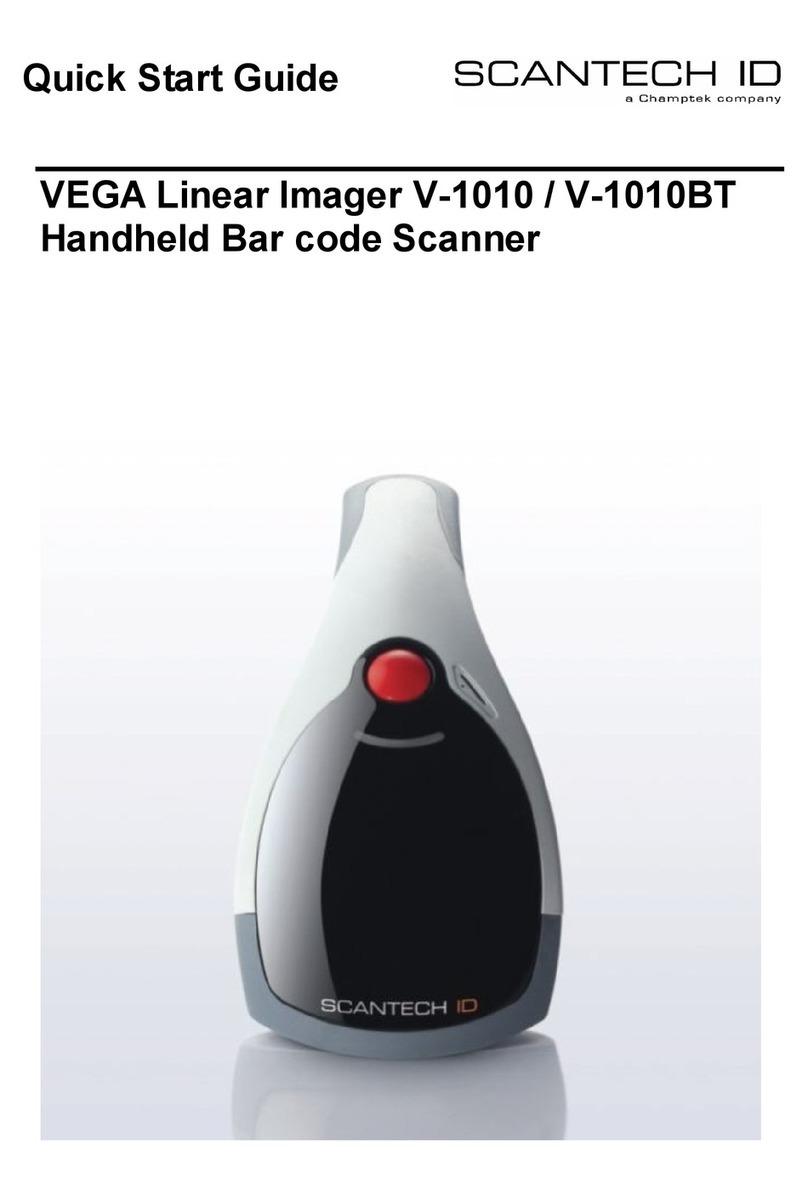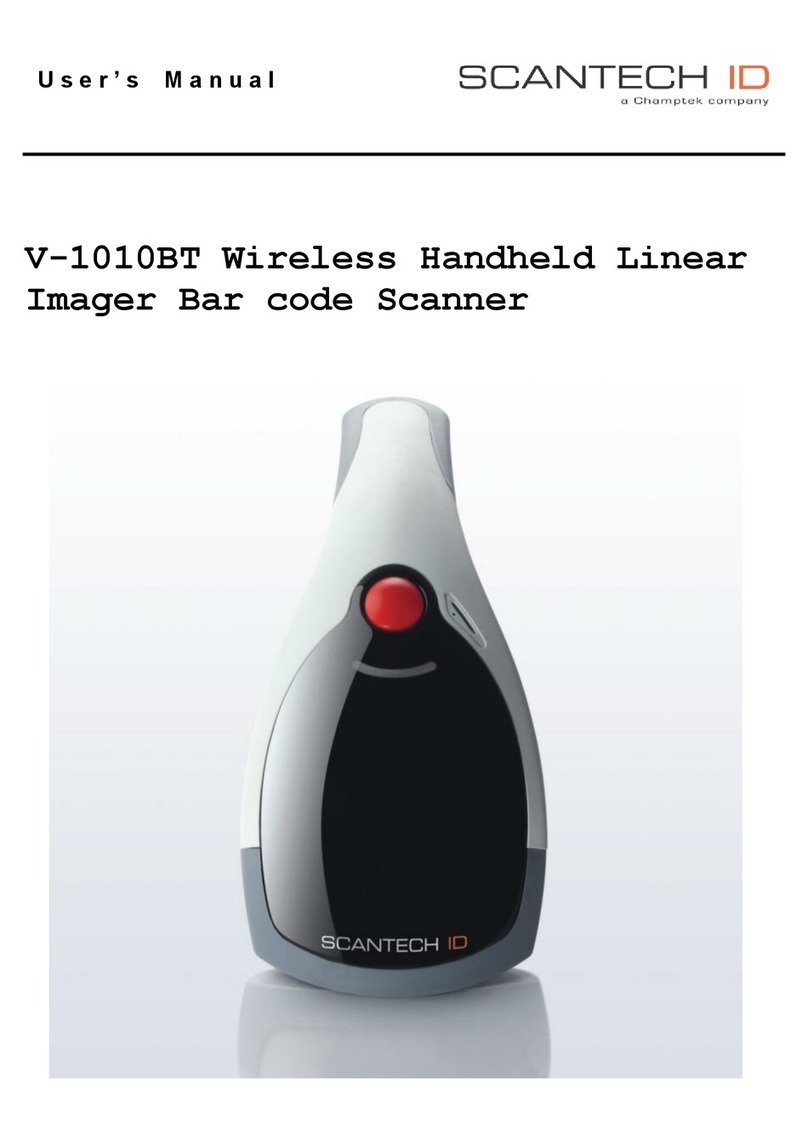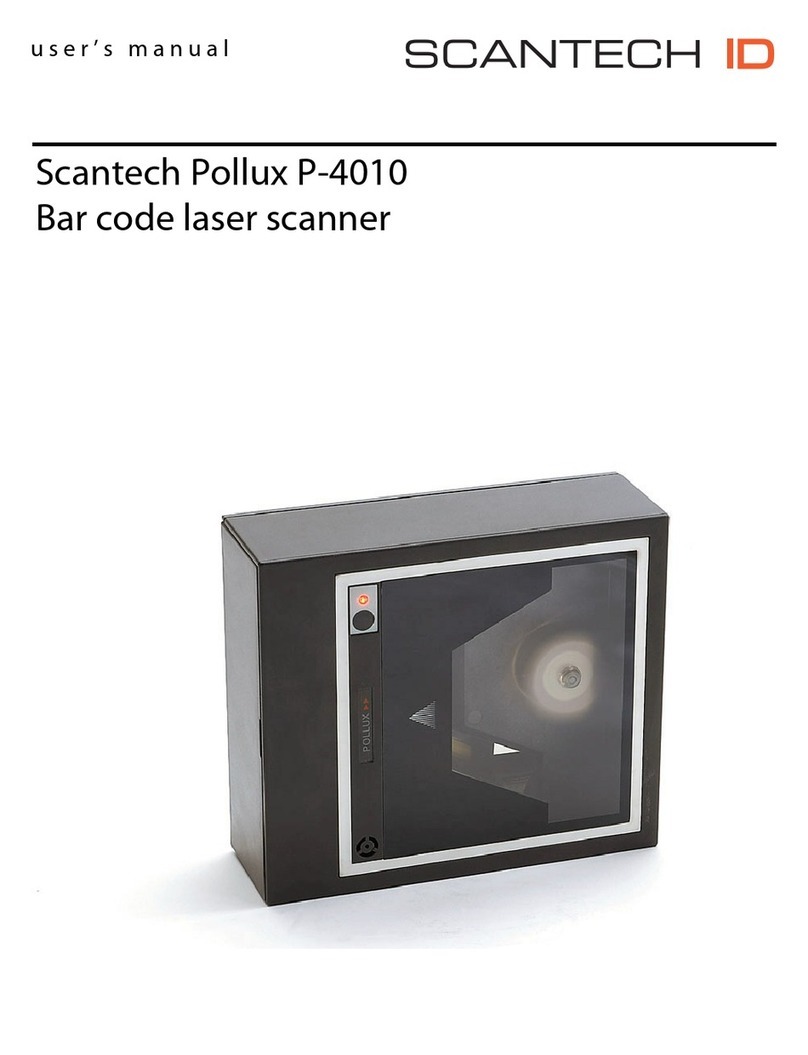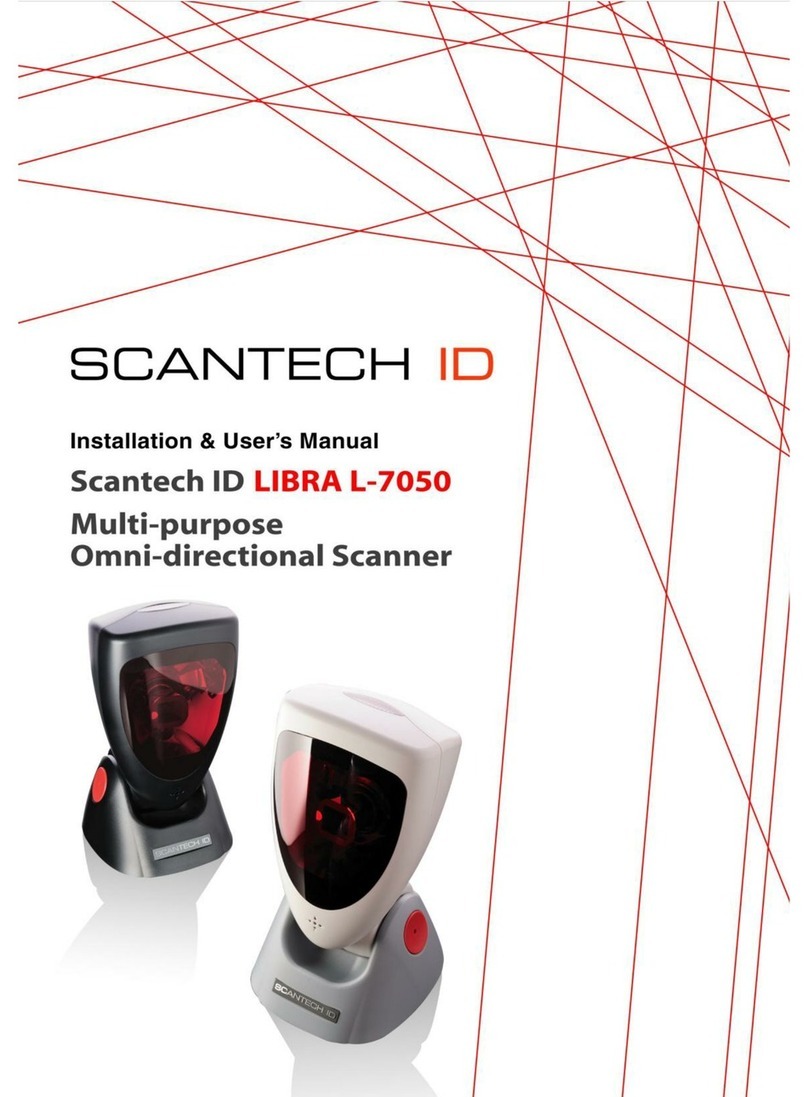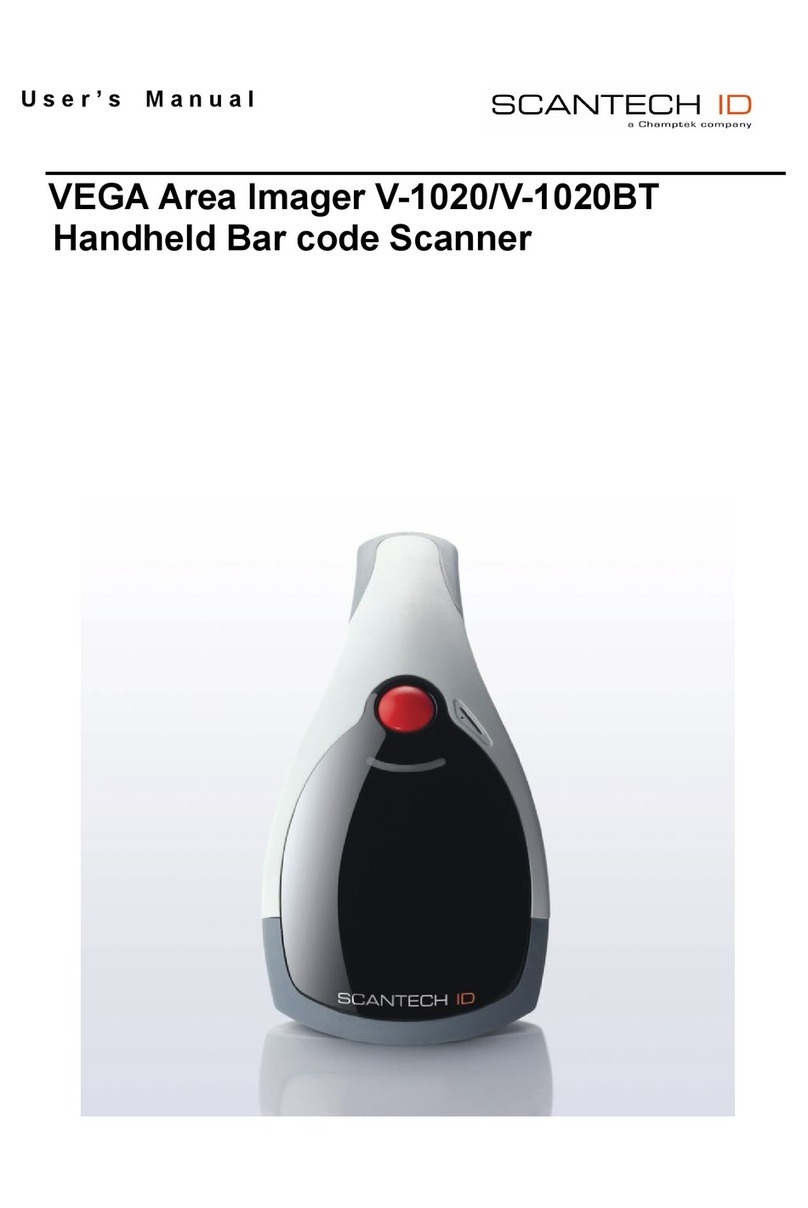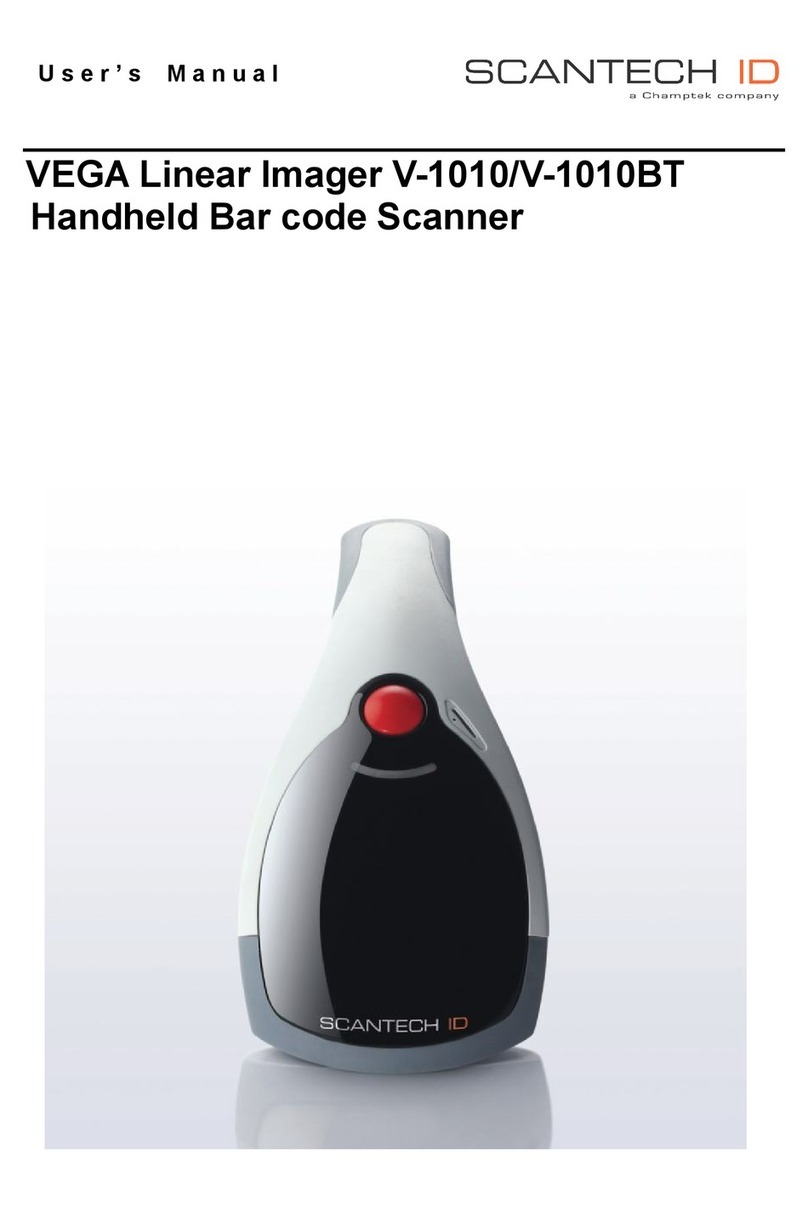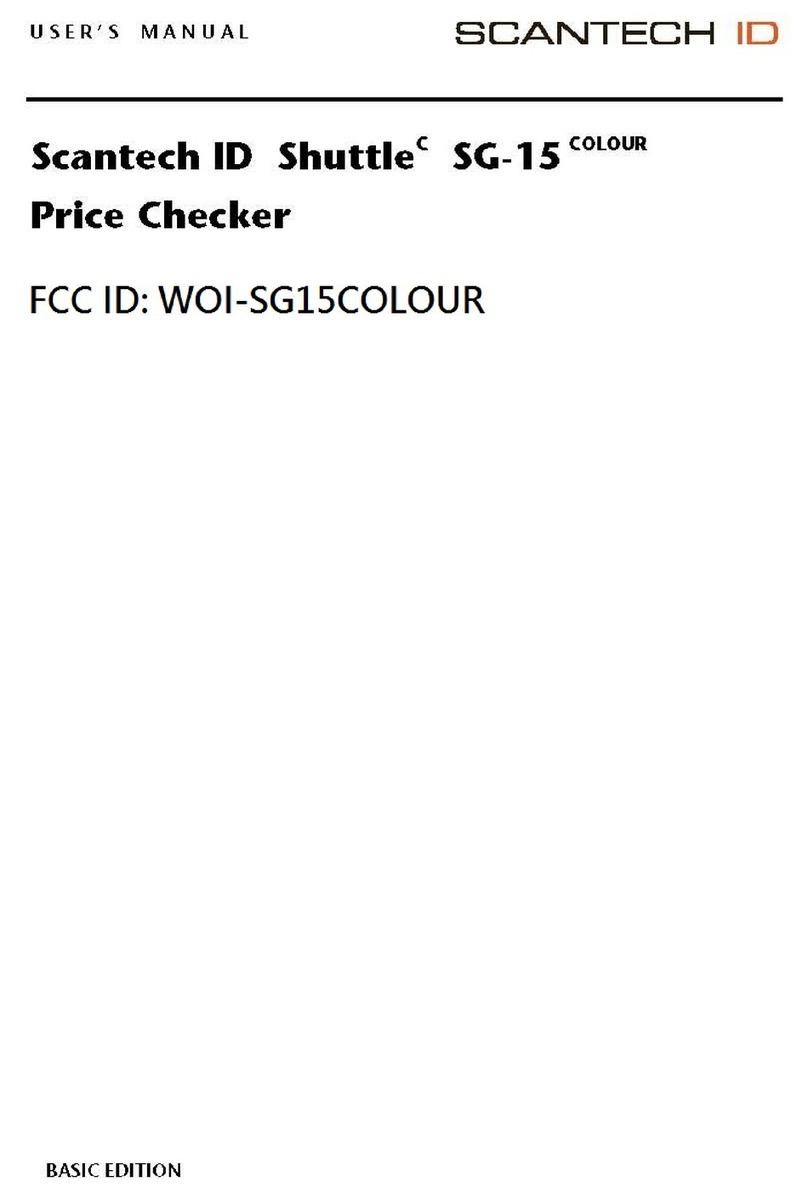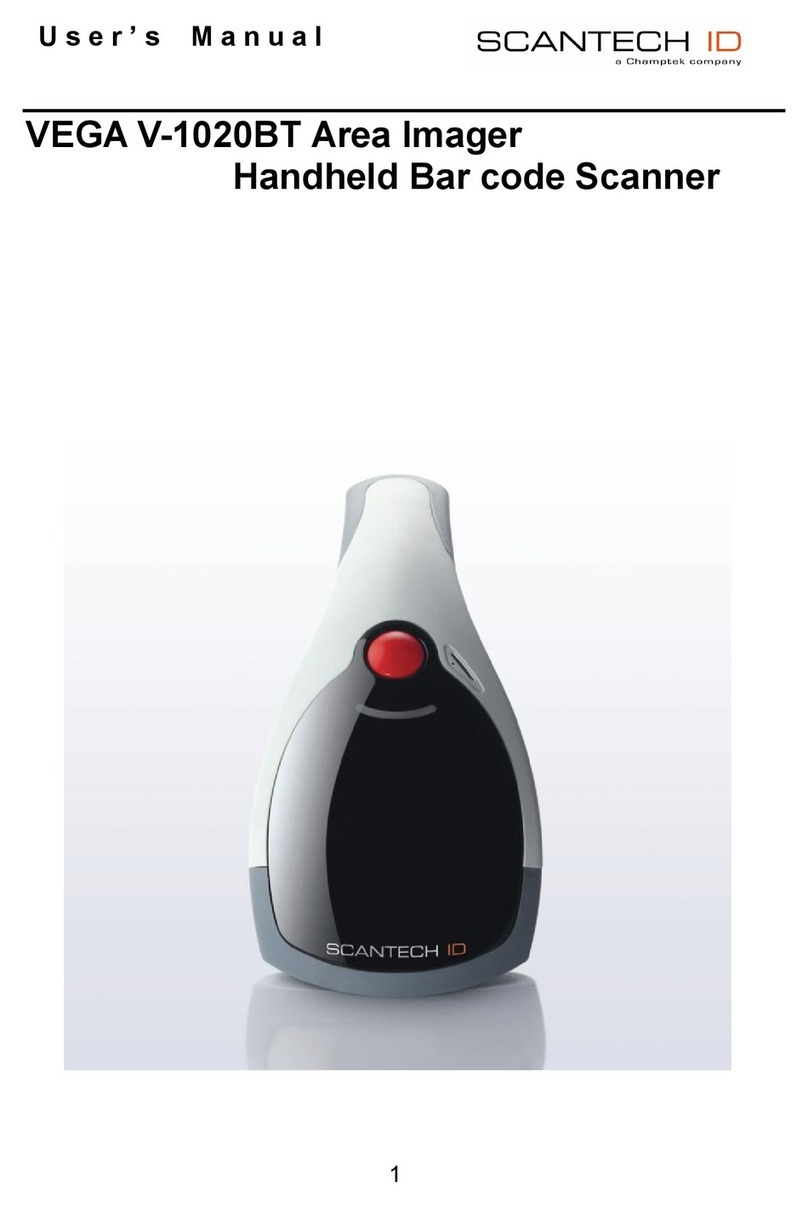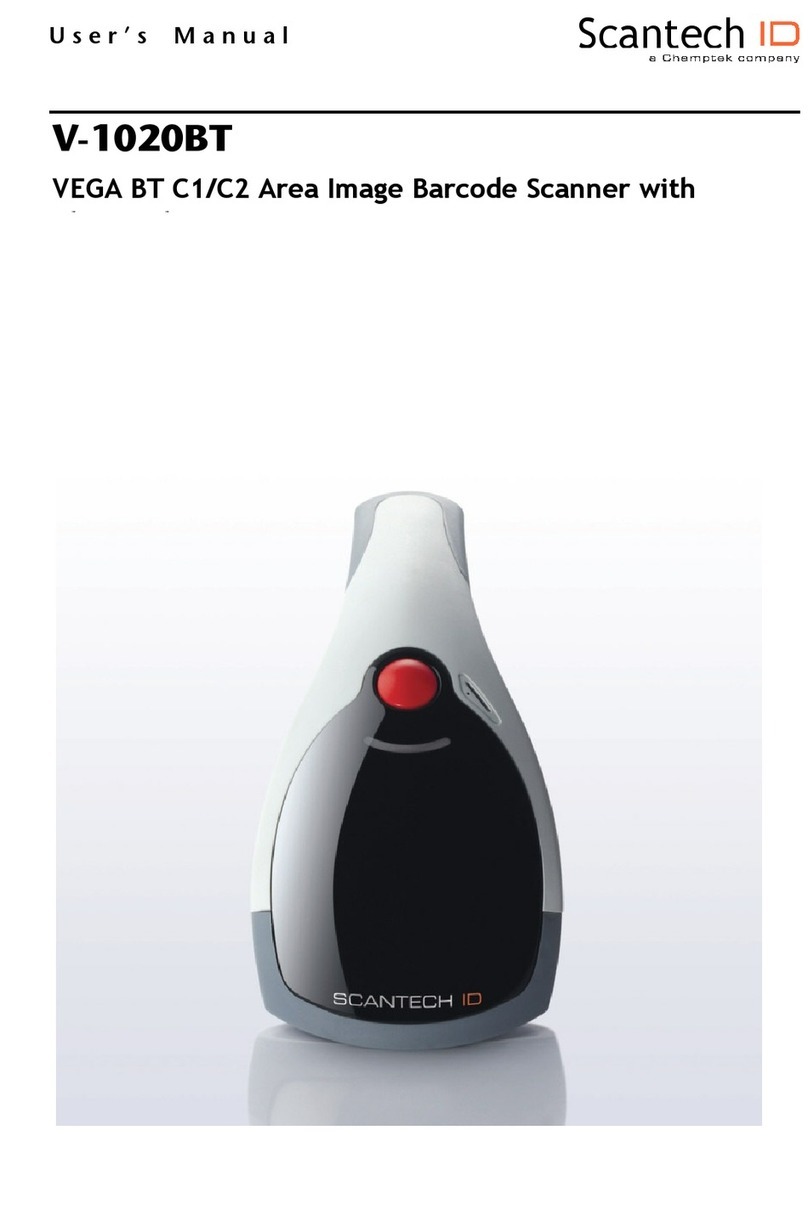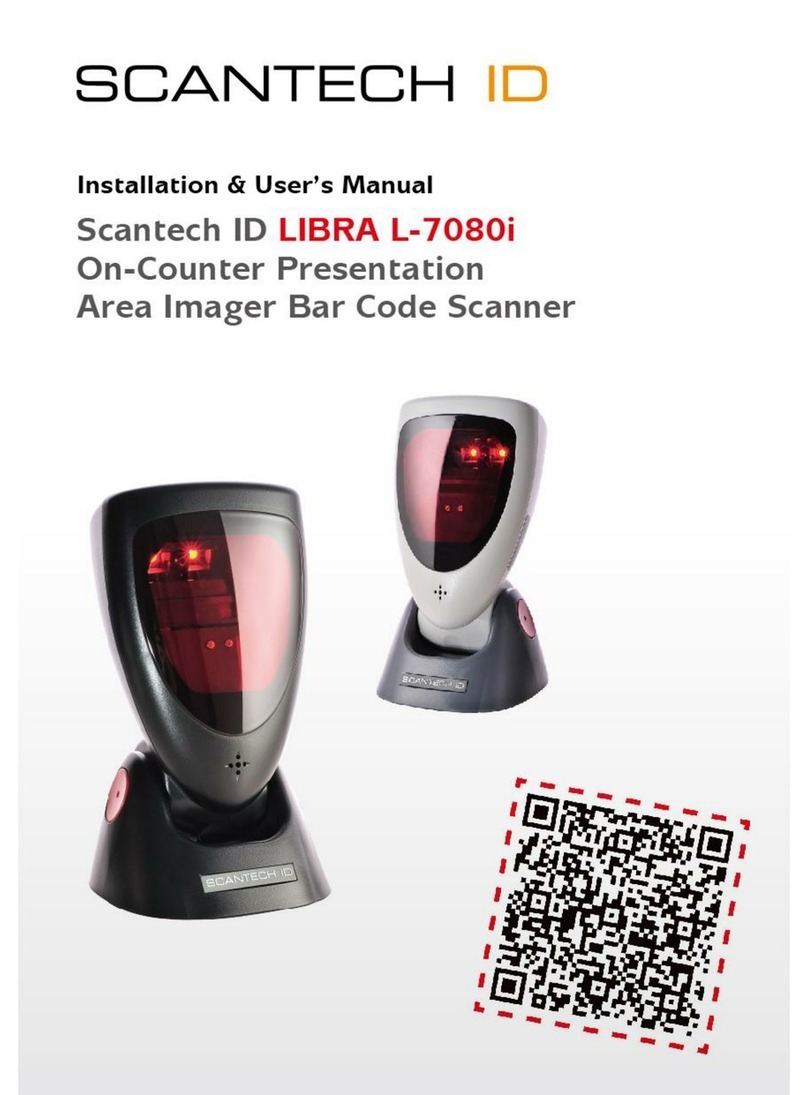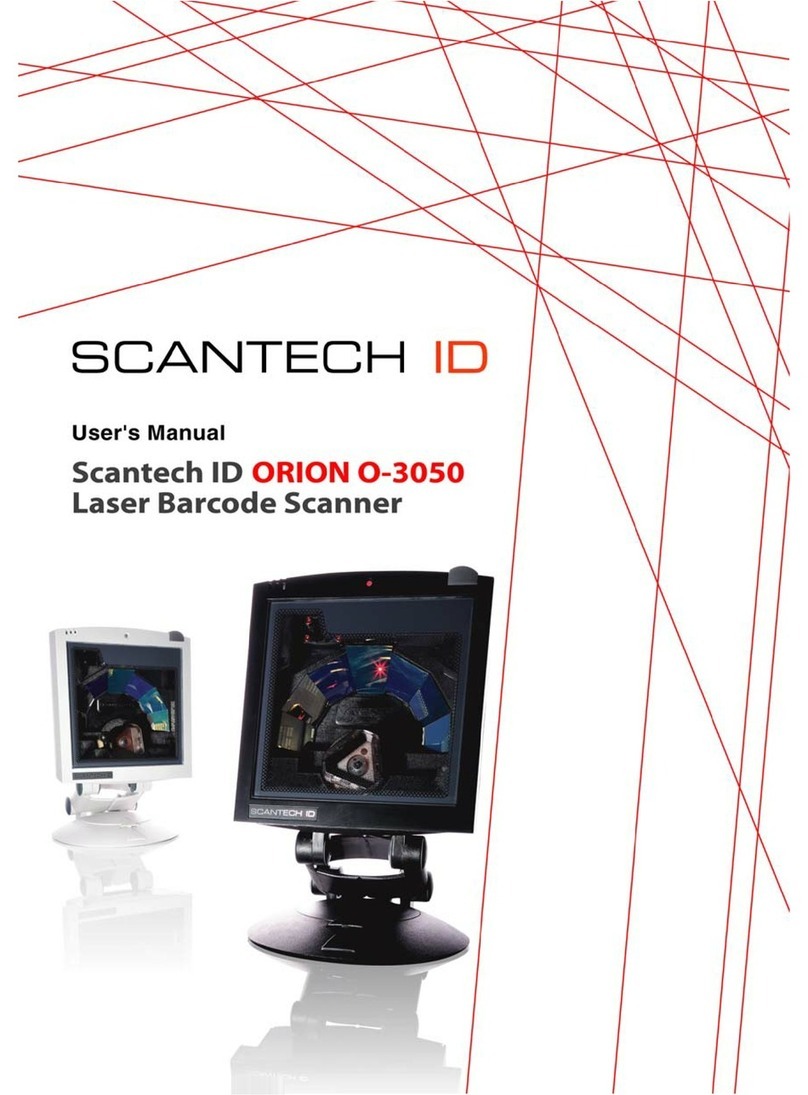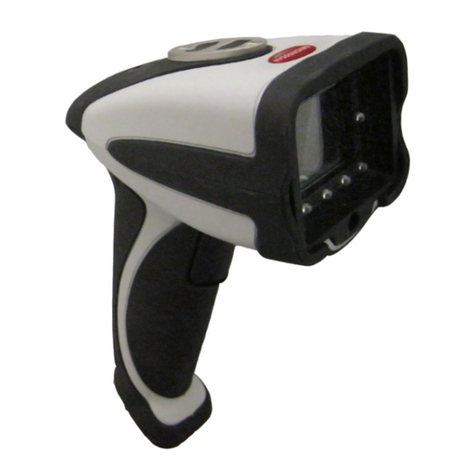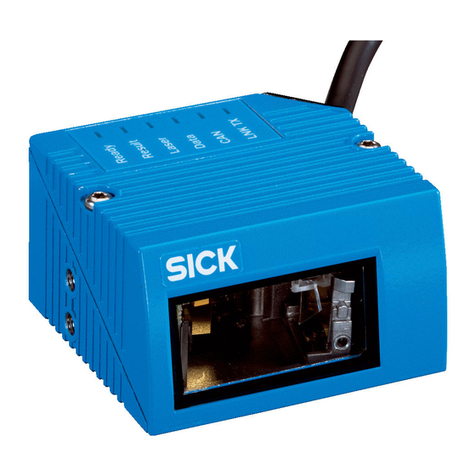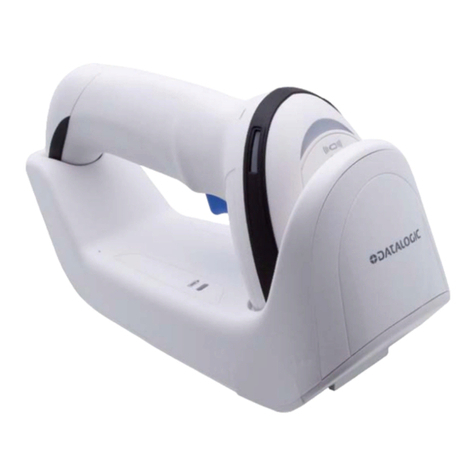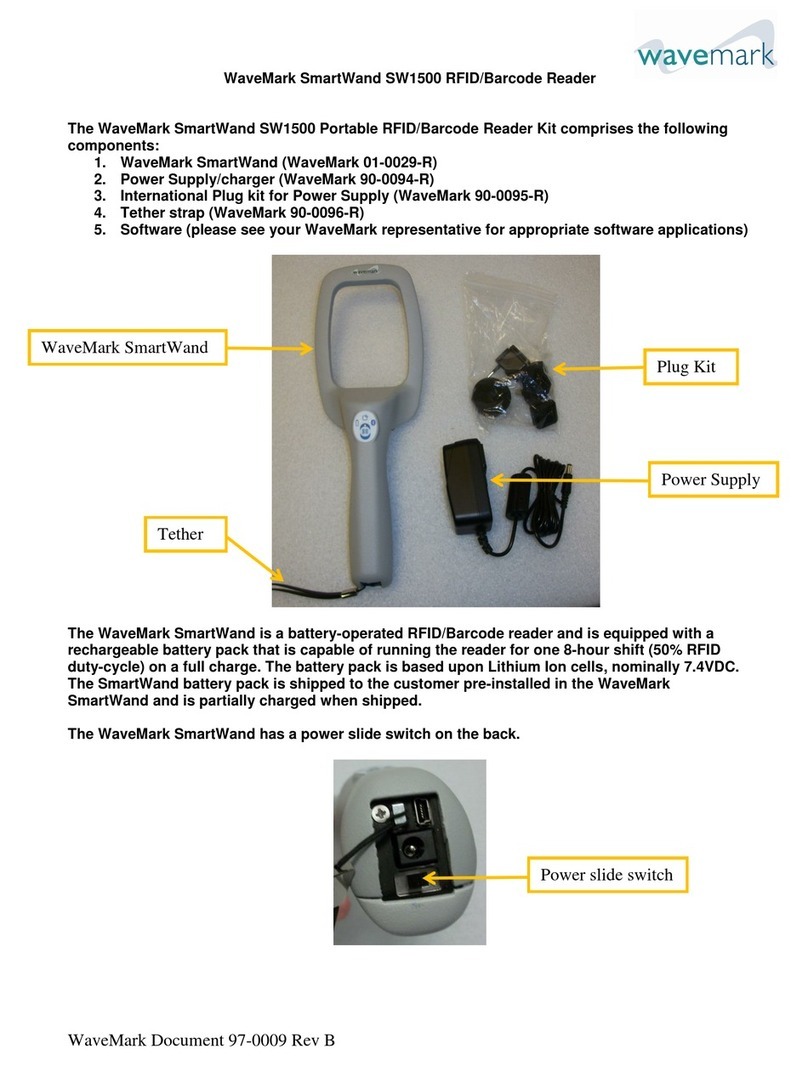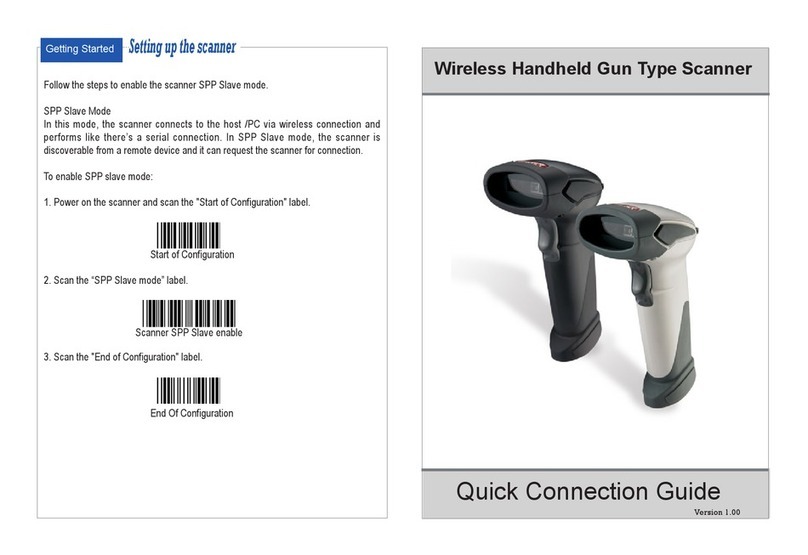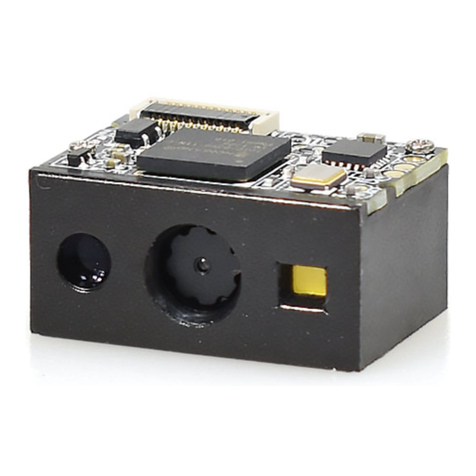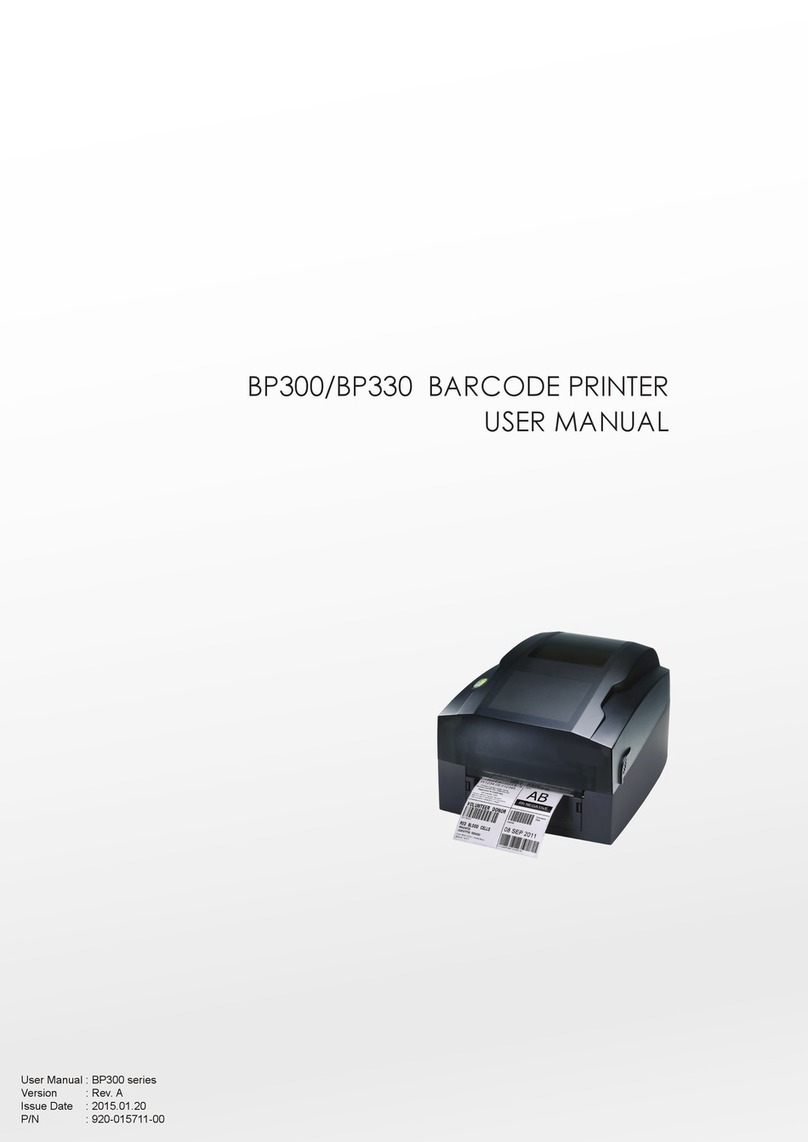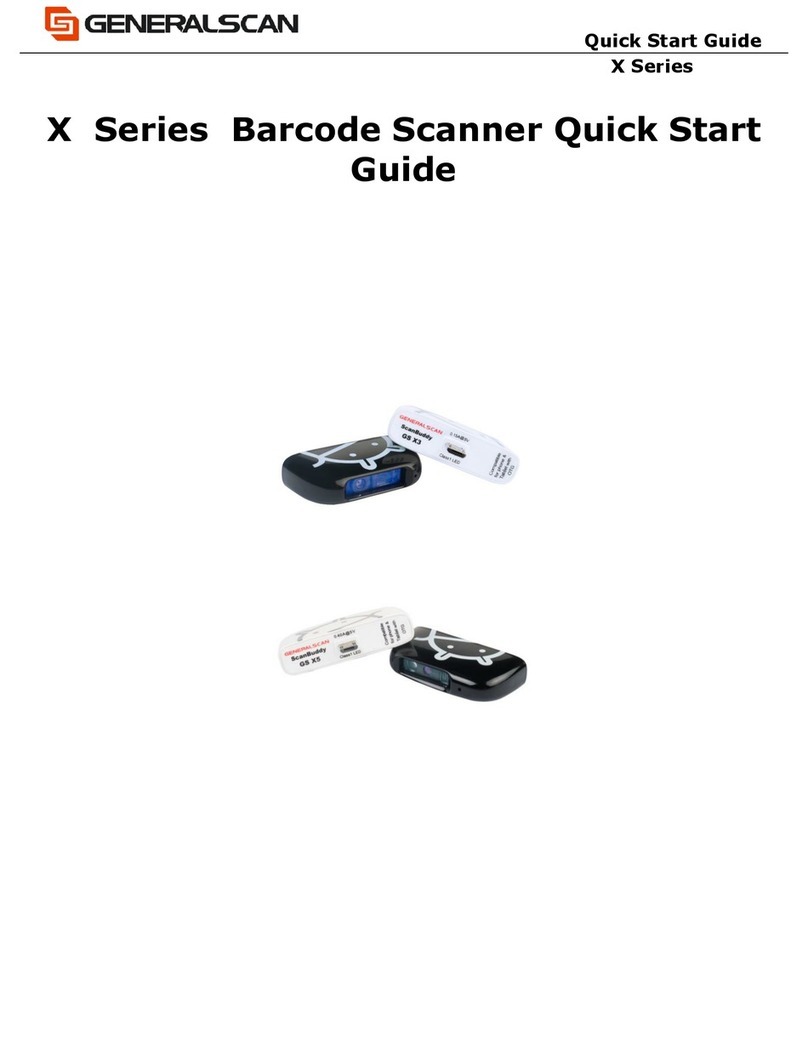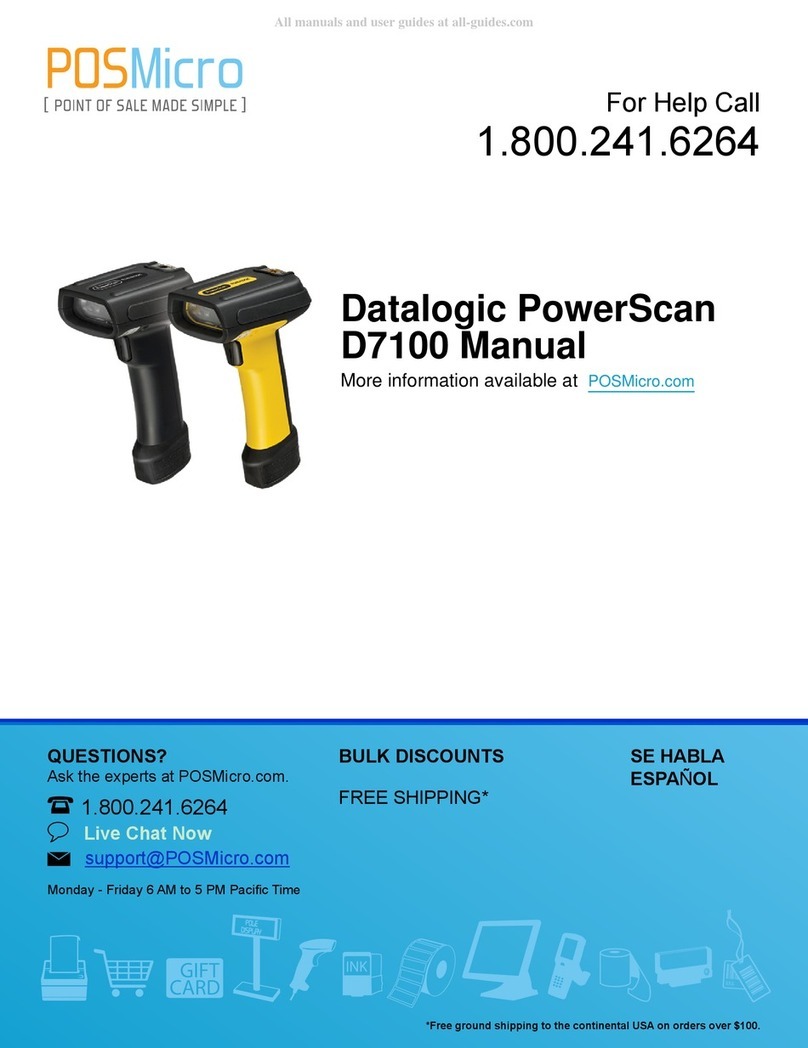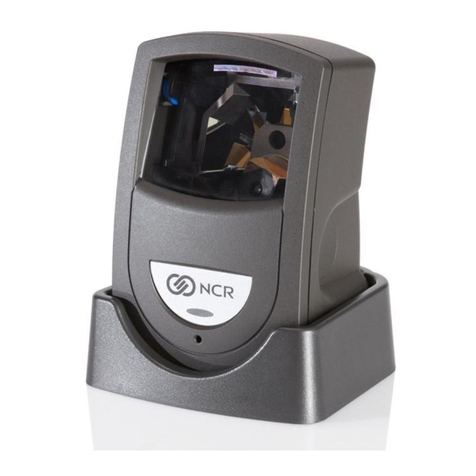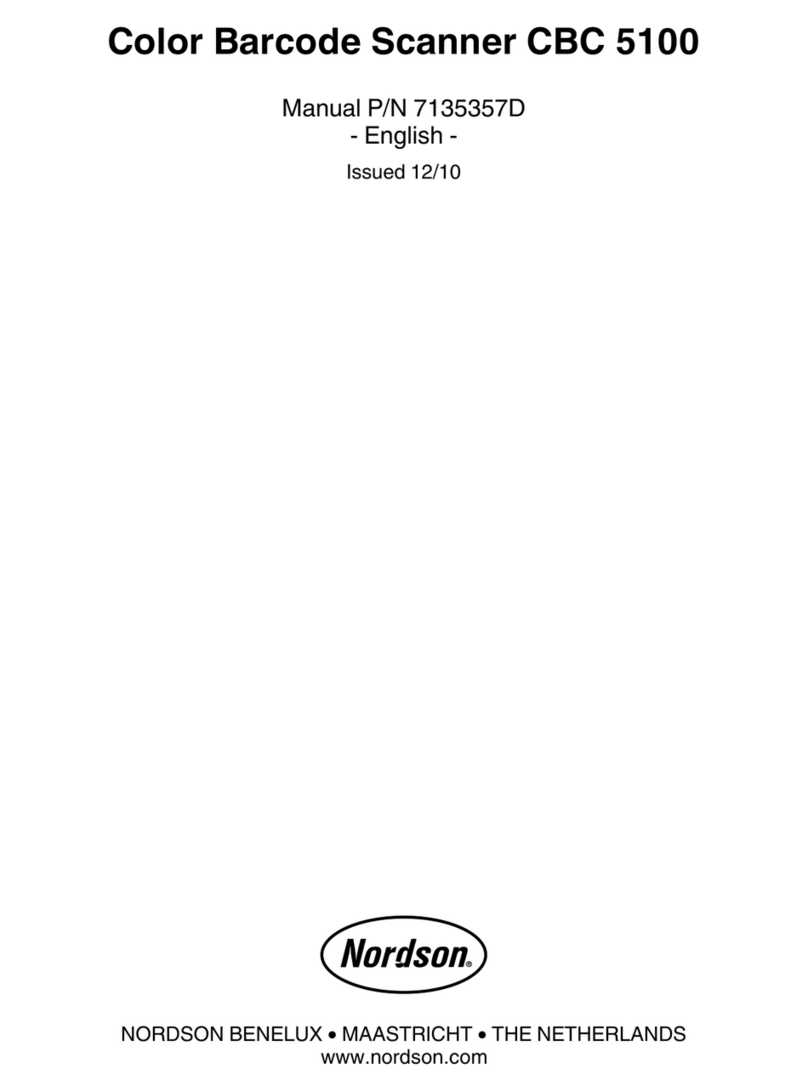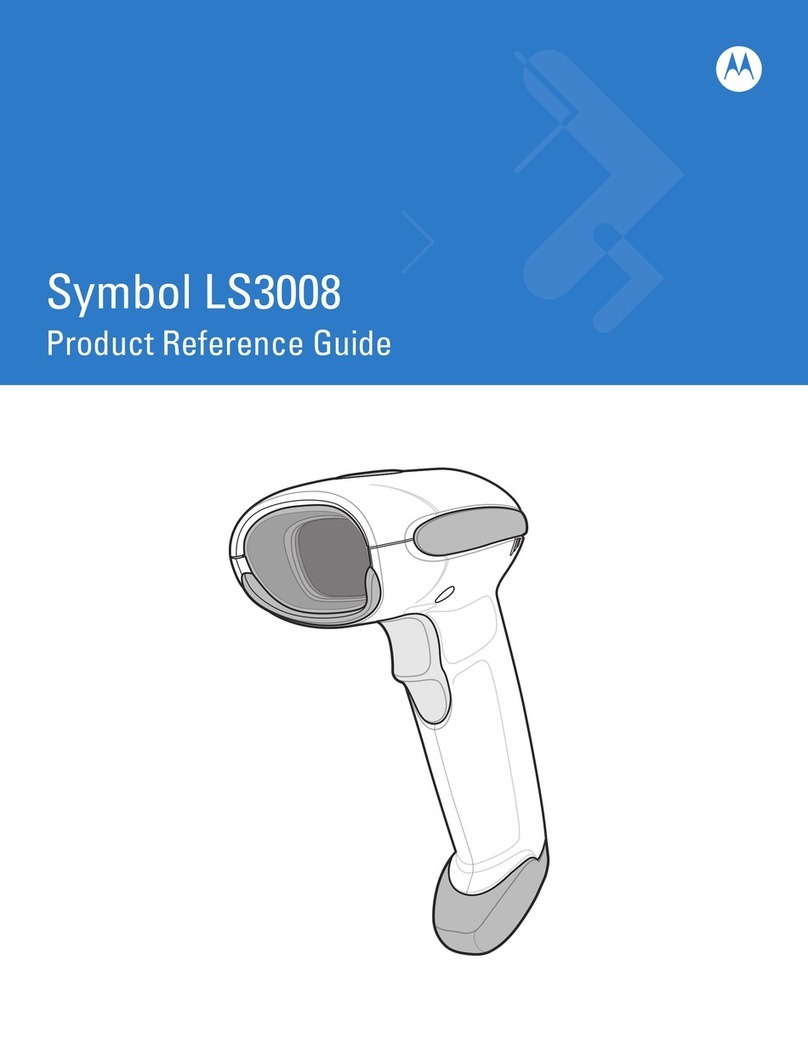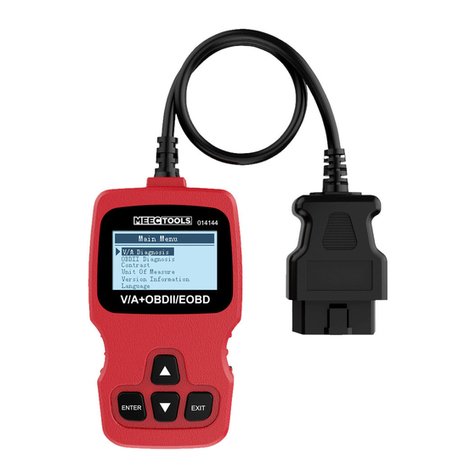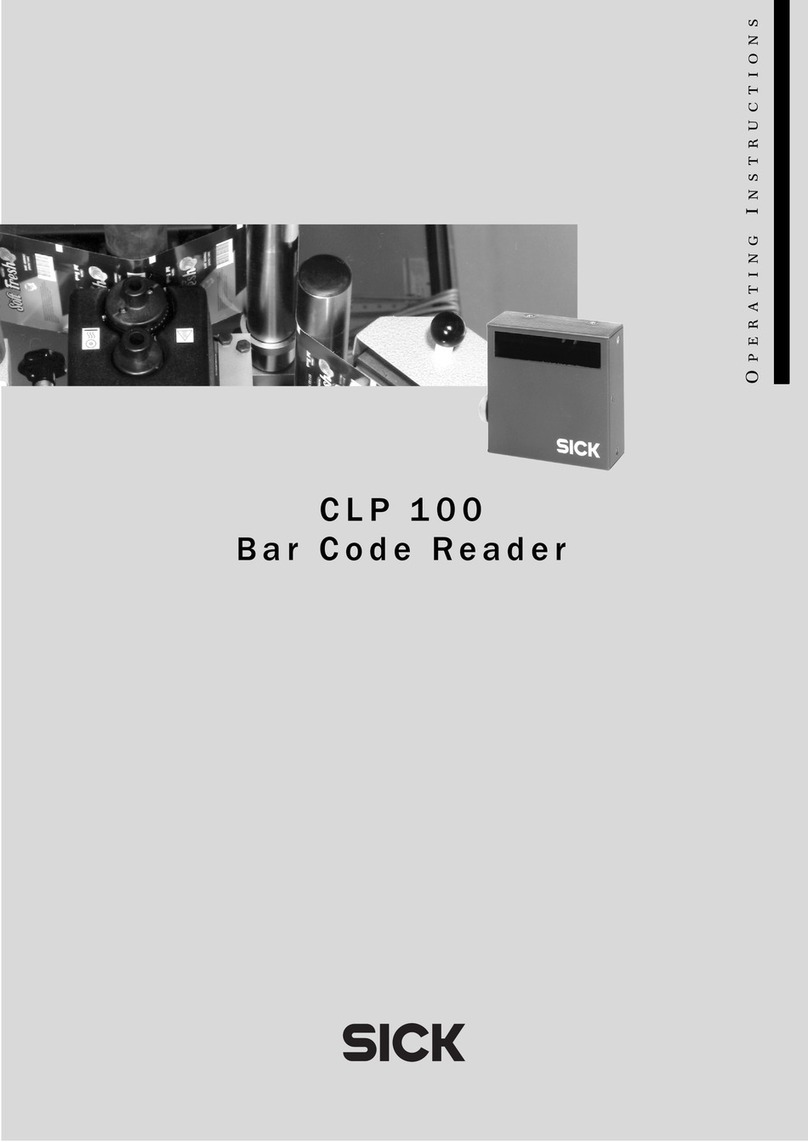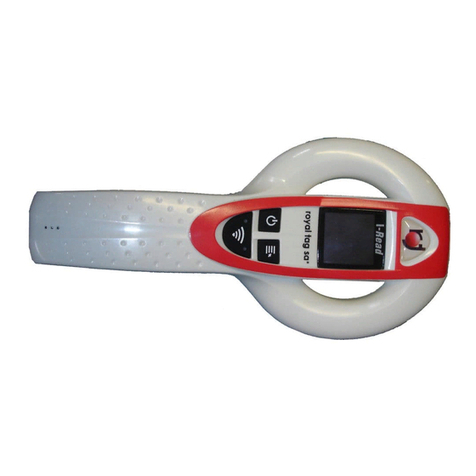Copyright © 2007, Scantech-ID BV.
This manual is copyrighted, with all rights reserved. Under the copyright laws, this manual may not, in
whole or in part, be copied, photocopied, reproduced, translated or converted to any electronic medium or
machine readable form without prior written consent of Scantech-ID BV.
Limited Warranty
Under all circumstances this manual should be read attentively, before installing and/or using the pro-duct.
In no event shall Scantech-ID BV be liable for any direct, indirect, special, consequential or incidental
damages arising out of the use or inability to use this documentation or product, even if advised of the
possibility of such damages. In particular, Scantech-ID BV shall not be liable for any hardware, software, or
data that is stored or used with the product, including the cost of repairing, replacing or recovering the
above. Scantech-ID BV reserves the right to change parts of the device at any time without preceding or
direct announcement to the client.
Scantech-ID BV reserves the right to revise this manual, and to make changes in the contents without
obligation to notify any person or entity of the revision or change. Aserial number appears on the product.
Make sure that this official registration number has not been removed. It should be used whenever
servicing by Scantech-ID BV or an authorized Scantech dealer is necessary.
Important
This equipment has been tested and found to comply with the limits for a Class B digital device, pursuant to
EN55022, and with the limits for a class A digital device, pursuant to part 15 of the FCC rules. These limits
are designed to provide reasonable protection against harmful interference when the equipment is operated
in a commercial environment. This equipment generates, uses, and can radiate radio frequency energy
and, if not installed and used in accordance with the user‟s manual, may cause harmful interference to radio
communications. Operation of the equipment in a residential area is likely to cause harmful interference in
which case the user will be required to correct the interference at his own expense. Any unauthorized
changes or modifications to this equipment could void the user‟s authority to operate this equipment.
For CE-countries:
- The Sirius is in conformity with the CE standards. Please note that a Scantech CE-marked power supply
unit should be used to conform to these standards.
For USA & Canada
- To be used with UL listed and CSA certified computers/POS systems.
- A utiliser avec des ordinateurs/systèmes POS registrés UL/certifiés CSA.
- This scanner should only be powered by a UL listed or CUL Certified Power Supply having limited power
source of Class 2 outputs, rated +5.2 Vdc / minimum 0,64 A, minimum 40 °C or the scanner should be
directly powered by a UL listed and CSA certified computer/POS system, having limited power source
of Class 2 outputs, rated 5.2 / minimum 0,55 A, minimum 40 °C.
Radio and television interference
Operation of this equipment in a residential area can cause interference with radio or television reception.
This can be determined by turning the equipment off and on. The user is encouraged to try to correct the
interference by one or more of the following measures:
Re-orientate the receiving antenna
Relocate the devices with respect to the receiver
Move the device away from the receiver
Plug the device into a different outlet in order to have the device and receiver on
different branch circuits
If necessary, the user should consult the manufacturer, an authorized Scantech dealer or experienced
radio/television technician for additional suggestions. The booklet "How to Identify and Resolve Radio-TV
Interference Problems", prepared by the Federal Communications Commission, can be of help. It can be
obtained from the U.S. Government Printing Office, Washington, DC 20402, Stock No. 004000003454.
P/N A052001 January 2007
